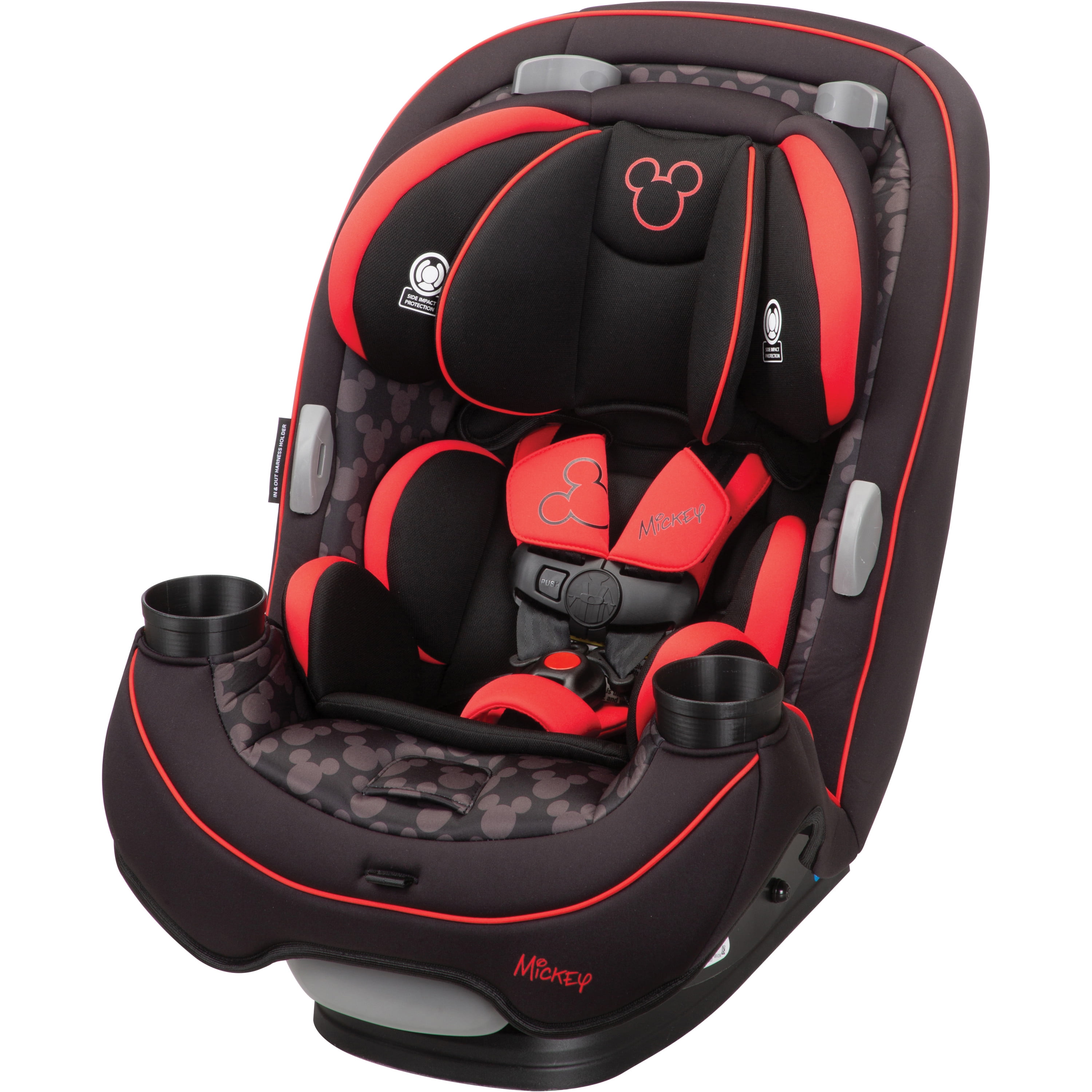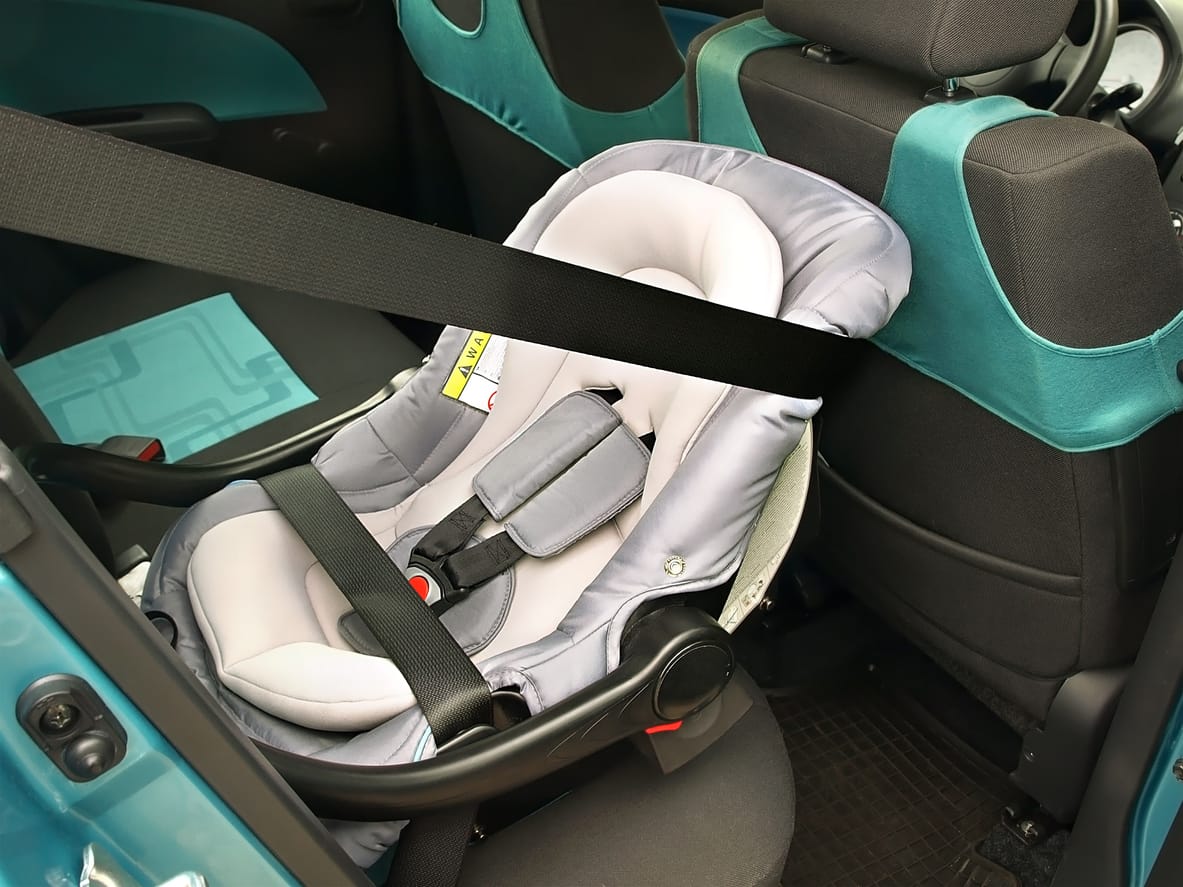
() Pediatrics: Official Journal of the American Academy of Pediatrics. The Infant Car Seat Challenge: Determining and Managing an “Abnormal” Result. Once the time has passed, your provider will look over the information and discuss the results with you. Each of these devices will send information to your healthcare provider throughout the test. These patches will be placed on your baby’s chest.įor the next 90 to 120 minutes, your baby will stay in the car seat with the devices attached. The electrodes are small patches that monitor your baby’s breathing (respirations) and heart rate. Its job is to check on the amount of oxygen in your baby’s blood throughout the test. These monitors include:Ī pulse oximeter is a small device shaped similarly to a bandage, which is wrapped around a foot or wrist. Once you have your car seat in the hospital room, a nurse will start the test by placing your baby properly in the seat and hooking up a few monitors. Talk to your healthcare provider about the length of your trip before starting the test. In some cases, your healthcare provider may extend the test to match the length of your trip home. This test typically takes 90 to 120 minutes.

How long does the car seat challenge take? If your baby is several weeks premature, and needs to stay in the hospital for a longer period of time, then the test will not happen till the baby is older and ready to go home. If your baby is close to 37 weeks premature, the test may be done within a few days of birth. The timing of this test can change because it’s done on premature babies and those with other medical conditions at birth. The car seat challenge test will be done before you take your baby home. When will the car seat challenge test be done? This should be the car seat you are taking your baby home in. You should only use car seats that are designed for infants weighing 20 pounds or less (rear-facing car seats). Make sure the car seat is not expired and is appropriate for your baby. A fully assembled car seat up to the hospital room.Make sure you, your partner or a family member brings: What do I need to do before the car seat challenge test?īefore the test can take place, there are few things you will need to prepare. This test is used to make sure your baby is ready to leave the hospital and can safely travel home without any medical issues. The car seat challenge test is used to identify infants who are at high risk for respiratory or airway problems when in their car seats. Why does my baby need a car seat challenge test? If your baby is demonstrating decreased muscle tone.If your baby requires oxygen at the time of discharge from the hospital.If your baby has a low birth weight - less than 5.5 pounds (2,500 grams) at birth.If your baby is less than 37 weeks gestation.

Your baby may need to do the car seat challenge for several reasons, including: Who has to do the car seat challenge test? It may also be done if your baby has hypotonia ( Down syndrome or congenital neuromuscular disorders), micrognathia (Pierre Robin sequence) or has undergone congenital heart surgery. The car seat challenge test is most often given to premature babies who are smaller than a full-term baby at the time of discharge from the hospital. Not all babies will need to go through the car seat challenge test. This can cause some infants to have trouble breathing. When in a car seat, your baby will be laying at an angle. This test is done for a variety of reasons, but its purpose is to test your baby’s breathing (respiratory function) while riding in a car seat.

The car seat challenge test is meant to make sure your baby is ready to leave the hospital. You may be anxious to get your baby out of the hospital and on the way home, but there are a few things you may need to do before that can happen.


 0 kommentar(er)
0 kommentar(er)
